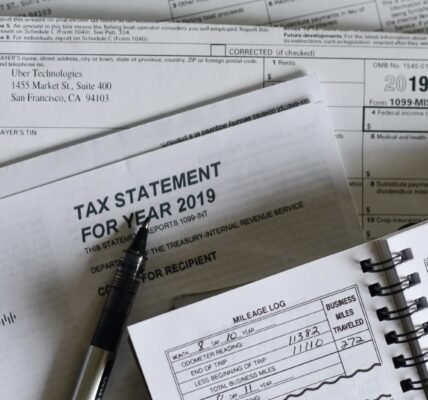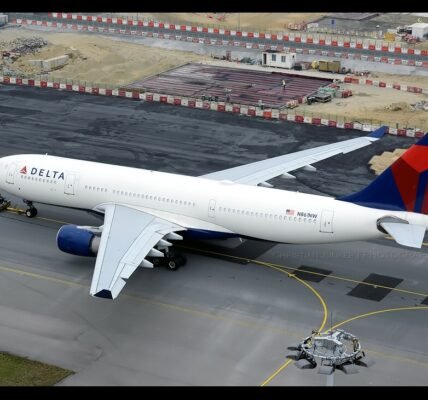In November, the trajectory of inflation showed signs of easing, with a 0.1% increase in the consumer price index (CPI) from the previous month, slightly surpassing expectations. The Labor Department’s report revealed a nuanced picture, reflecting the impact of fluctuating prices across various sectors. Here’s a breakdown of key highlights.
Housing Costs and Core Inflation
Housing costs took the lead as the primary driver of core inflation last month. Rent costs rose by 0.5% for the month, contributing to a substantial 6.5% increase from the same time last year. As housing expenses continue to climb, concerns arise, particularly regarding their immediate impact on household budgets.
Grocery Prices: A Persistent Challenge
Grocery prices extended their upward trend in November, marking the eighth consecutive month of increases. While the monthly rise was modest at 0.1%, the annual comparison shows a more significant 1.7% increase. Staples like eggs, breakfast cereal, apples, citrus fruits, potatoes, carbonated drinks, coffee, and butter experienced price hikes.
However, some relief came in the form of declining prices for bread, beef and veal, pork, ham, chicken, bananas, and bread, providing a mixed picture for consumers at the grocery store.
Energy Prices and the Gasoline Rollercoaster
Energy prices experienced a substantial 2.3% drop in November, continuing the trend from the previous month. Gasoline costs, which had been on an upward trajectory, fell by 6%, offering relief to consumers at the pump. The average cost of a gallon of regular gasoline dropped to $3.36, providing a reprieve from the higher prices seen in recent months.
Automotive Costs: A Tale of Two Markets
November brought mixed news for the automotive industry. The cost of new cars and trucks slightly decreased by 0.1%, offering a positive note for prospective buyers. In contrast, used car and truck prices, a major contributor to last year’s inflation spike, unexpectedly rose by 1.6%, driven by the UAW strike against Ford, Stellantis, and General Motors.
Airline Fares and Consumer Opportunities
Airline fares continued their downward trend in November, falling by approximately 0.4%. Compared to the previous year, the cost of tickets decreased by about 12.1%, providing opportunities for budget-conscious travelers.
In conclusion, November’s inflation landscape presents a nuanced scenario with various sectors experiencing both upward and downward price movements. As the year draws to a close, the delicate balance between rising and falling costs shapes the economic landscape, impacting consumers and industries alike.
Download our app MadbuMax on the Apple App Store for the latest news and financial tools. Interested in getting your finances in order do not forget to check Dr. Paul Etienne’s best-seller book on personal finance. To access more resources, tools, and services please click here. Also, do not forget to follow Dr. Etienne on IG or Twitter.





